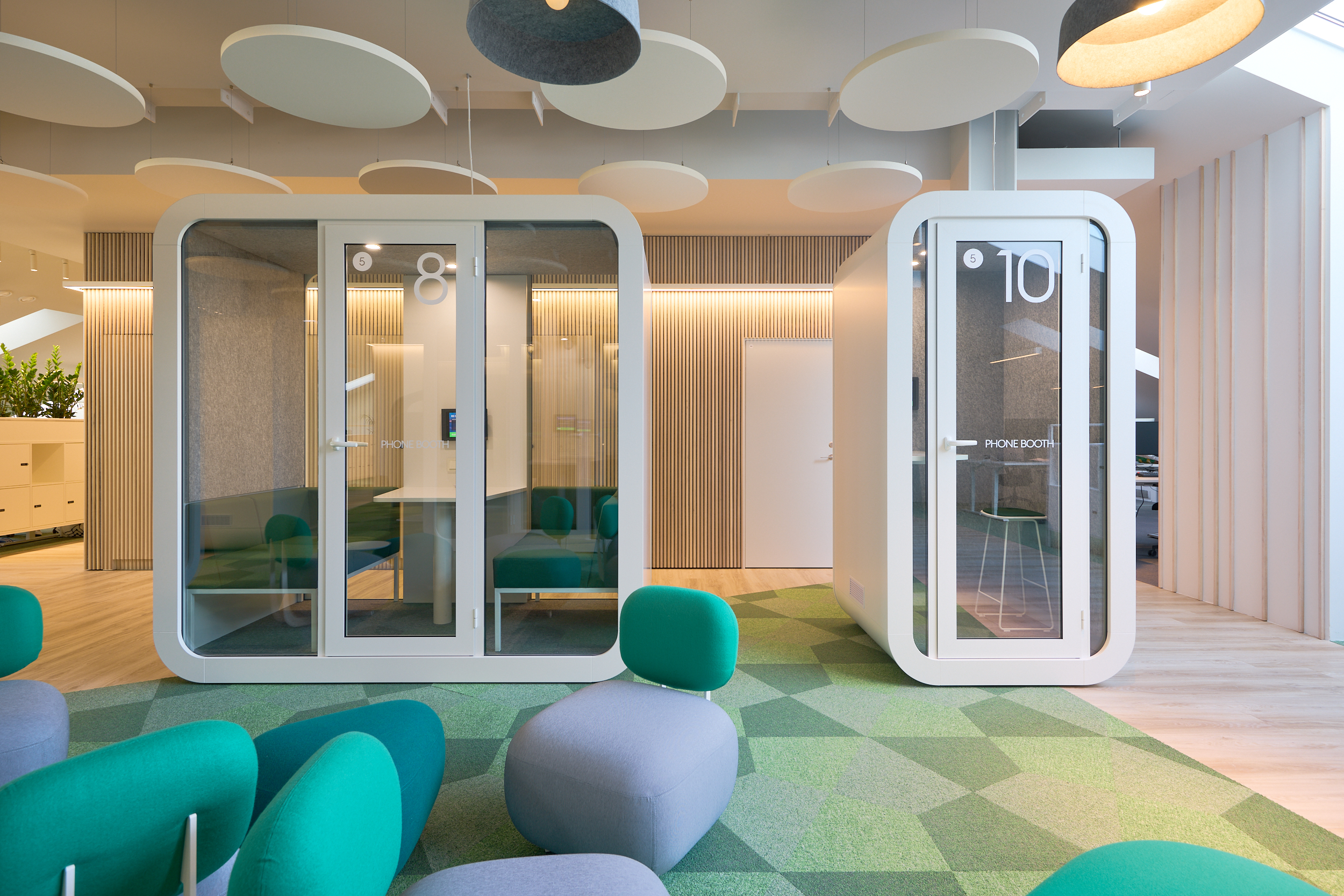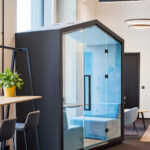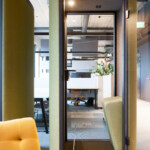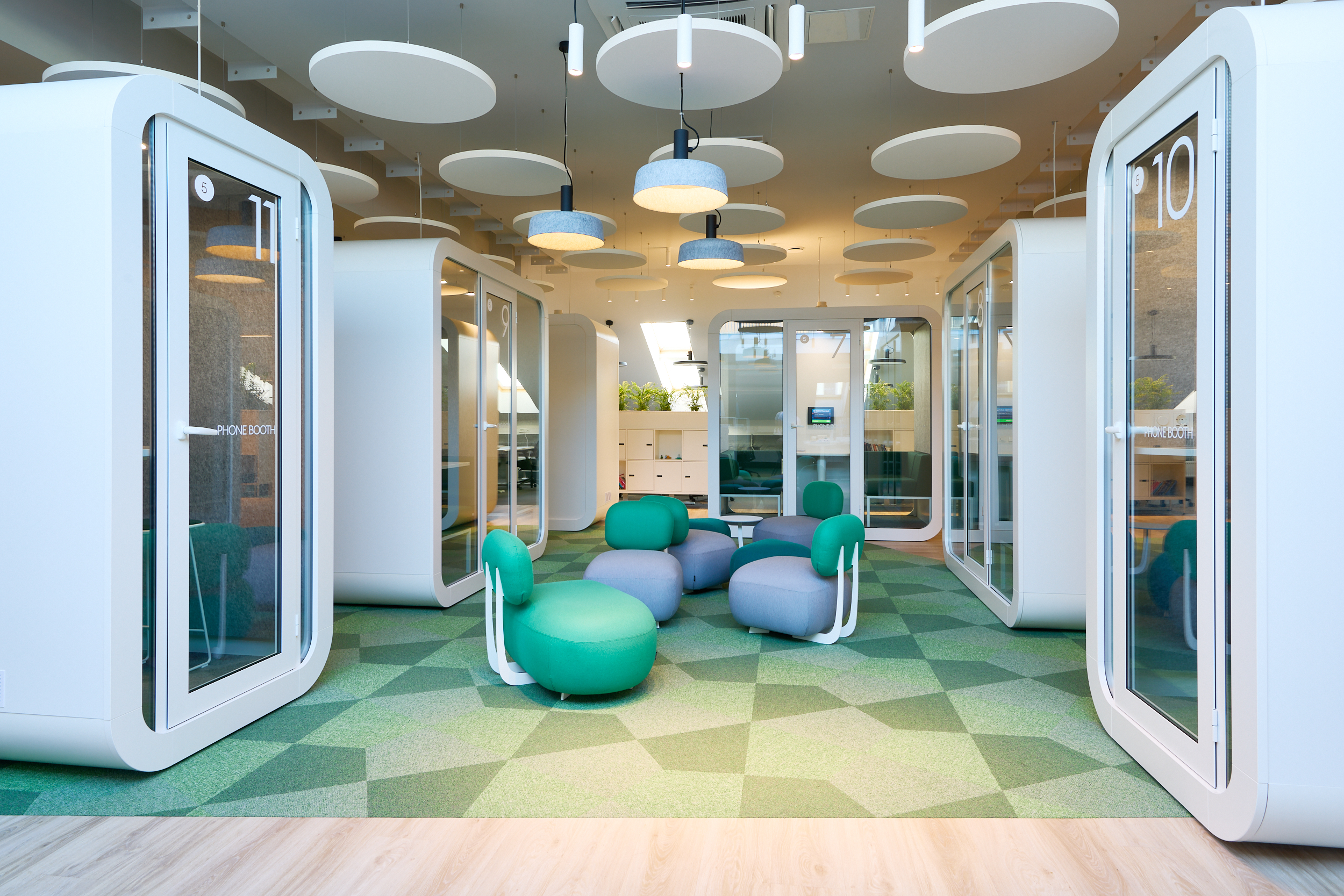In recent years, many companies and employees have begun to reassess the traditional office environment and its impact on employee well-being and productivity. One of the main factors influencing the decision not to work in the office is the level of noise.
Let’s discuss how noise level affects the well-being and productivity of employees and what alternative work environments provide peace and quiet for workers.
Office noise: Impact on employees
Office noise can be very diverse, ranging from colleagues’ conversations to the noise of office equipment such as printers and air conditioners. All these sounds can affect employees’ ability to concentrate, create stress, and reduce overall satisfaction in the work environment.
Difficulty concentrating: High noise levels disrupt employees’ concentration, especially when work requires detailed analysis or creative thinking. Continuous background noise can lead to mental fatigue, exhaustion, and a decrease in work efficiency.
Stress and anxiety: Noise can also cause stress and anxiety, affecting the employee’s mental and physical health. Stress and anxiety directly impact job performance.
Communication problems: In the midst of all the noise, it is challenging to communicate with colleagues, which can disrupt or lead to errors in both oral and written communication.
Alternative work environments
To improve working conditions and reduce noise levels, some employers have started exploring alternatives to the traditional office environment.








